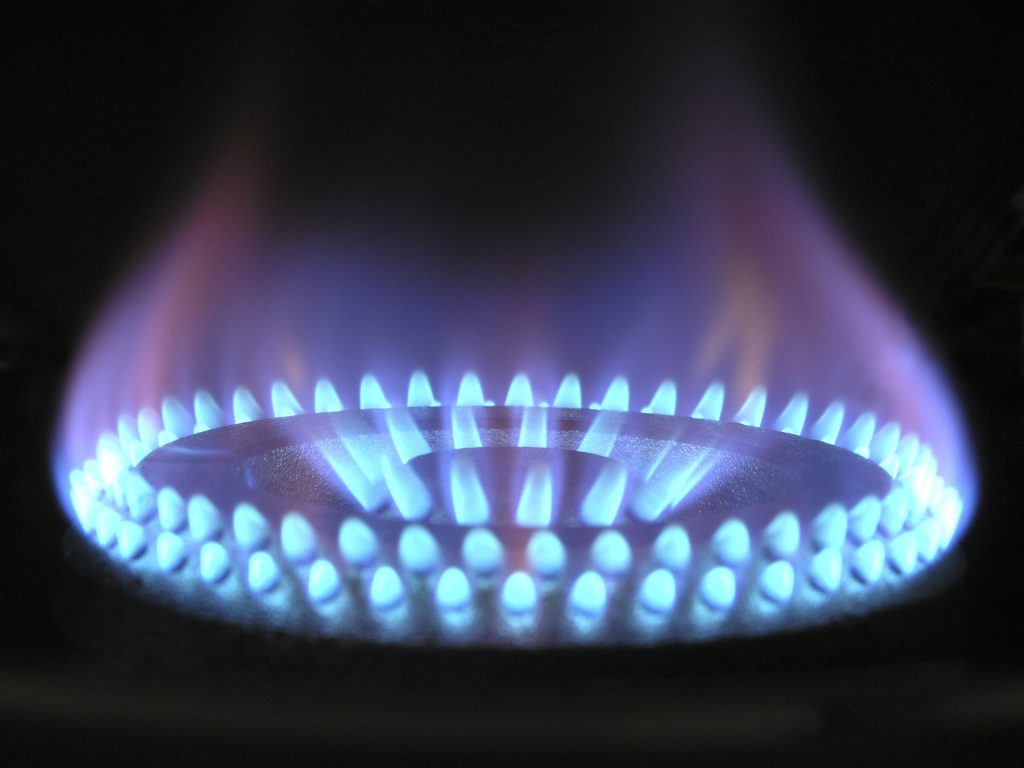January the 5th, 2025 – Four new gas pipelines are set to strengthen the position of the Croatian energy hub. Over half a billion euros of investment are involved.
As Poslovni Dnevnik/Jadranka Dozan writes, at the end of 2024, the agreement on the transit of Russian gas through Ukrainian territory to EU Member States came to an end. There’s been plenty of talk about being well prepared for this situation from the European Commission and the governments of individual EU countries.
This is especially the case for the likes of Slovakia and Austria, for whom the interruption of that route basically complicates the issue of gas supply. The situation has further underlined the importance of the LNG terminal on Krk in the positioning of the Croatian energy hub.
strengthening the croatian energy hub
We are talking about more than half a billion euros worth of investments in four brand new gas pipelines that take place through Plinacro. They’re based on the project to expand the capacity of the liquefied gas terminal in Omišalj from 2.9 to 6.1 billion cubic metres of gas per year.
The new gas pipelines will enable the transport of this gas to both Slovenia and Hungary, thus strengthening the security of gas supply for the countries of Central and Southeastern Europe. As Prime Minister Andrej Plenković pointed out, these pipelines will also transport hydrogen as the energy source of the new era in the future.
Speaking about the value of this Plinacro investment project, Economy Minister Ante Šušnjar said that it involves 534 million euros in estimated value of tangible and intangible assets (excluding VAT). The project consists of a main gas pipeline system along the Omišalj-Zlobin, Zlobin-Bosiljevo-Sisak-Kozarac and Kozarac-Slobodnica routes, and an interconnection gas pipeline system with neighbouring Slovenia along the Lučko-Zabok-Rogatec route.
Alignment with REPowerEU
Omišalj- Zlobin is connected to the Zlobin-Bosiljevo and Bosiljevo-Sisak-Kozarac gas pipelines and will form the main evacuation gas pipeline connecting the LNG terminal on Krk with the countries of Central and Eastern Europe and Ukraine. In addition, the construction of the Lučko-Zabok gas pipeline will increase the gas flow from the LNG terminal towards Slovenia, the minister added.
“The construction of four gas pipelines spanning a total length of 216 kilometres will position the Croatian energy hub as being a regional one. It will also ensure the region’s energy independence, the continuity and security of natural gas supply to households and businesses in Croatia and other EU nations,” he stressed.
The government decision states that Plinacro’s project meets the conditions prescribed by the Act on Strategic Investment Projects of the Republic of Croatia. In addition, there are no obstacles to its implementation in terms of compliance with spatial plans. It’s fully aligned with the REPowerEU Union plan, and has also been incorporated into the National Recovery and Resilience Plan (as part of strengthening Croatia’s gas infrastructure). Therefore, it will be co-financed from EU funds and programmes.
deadlines moving forward…
The government decision defines the basic procedures and actions in the implementation of the project, including predictable deadlines for already initiated and upcoming steps. This includes a range of activities, from clearing state and private forests, removing buildings within the protective corridor of the gas pipeline route and archaeological research, to procurement procedures and the contracting of works and equipment, the expert supervision of construction, as well as obtaining amendments to location permits and, finally, usage permits.
By the middle of this year, the hopes are that any property and legal relations on the lands covered by the project will be resolved.
Incidentally, the government embarked on the LNG terminal project on the island of Krk at the time Donald Trump’s first term as US president, and a decision to expand it followed in 2022. The expansion of LNG capacities, as well as the accompanying infrastructure project, are certainly Croatian projects that the new US administration, with Trump at the helm again, will be interested in.








